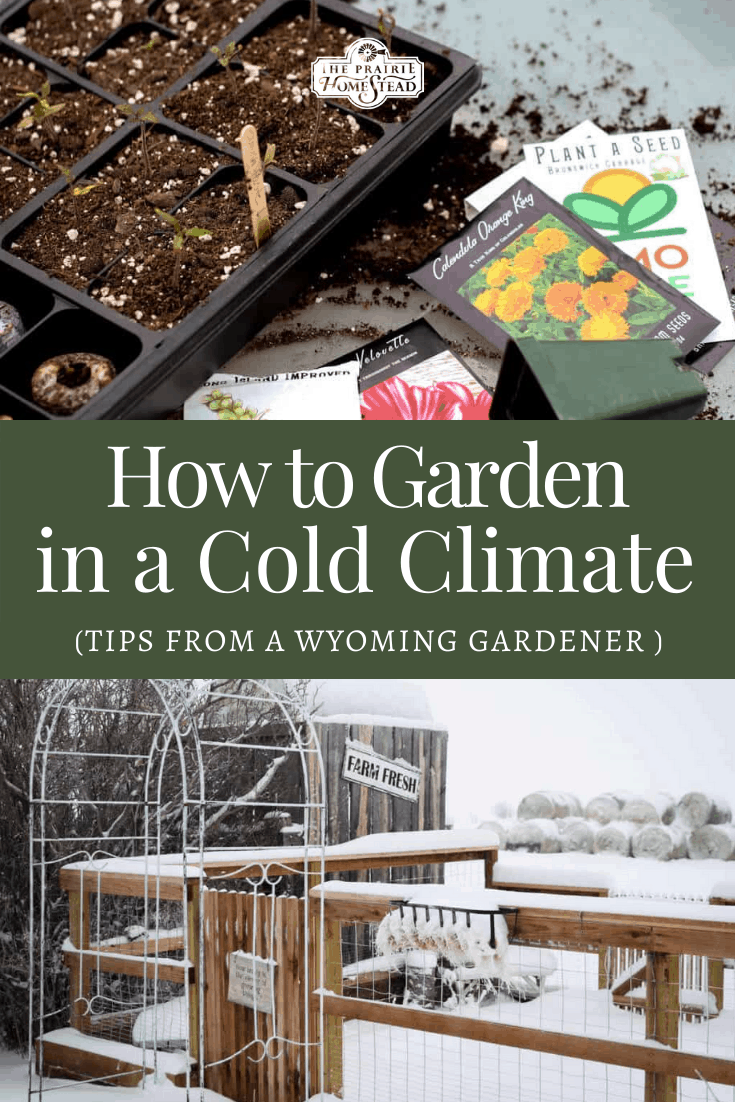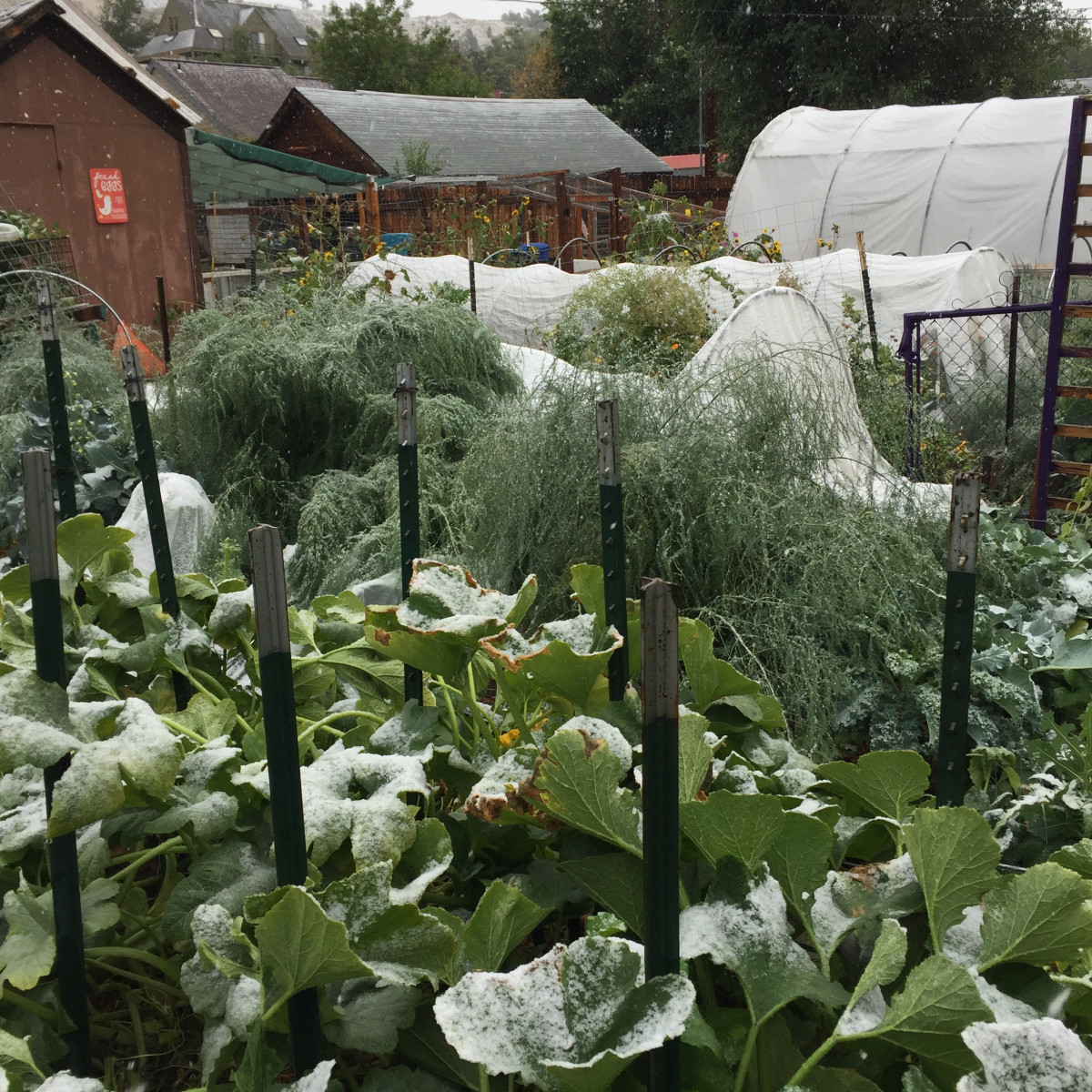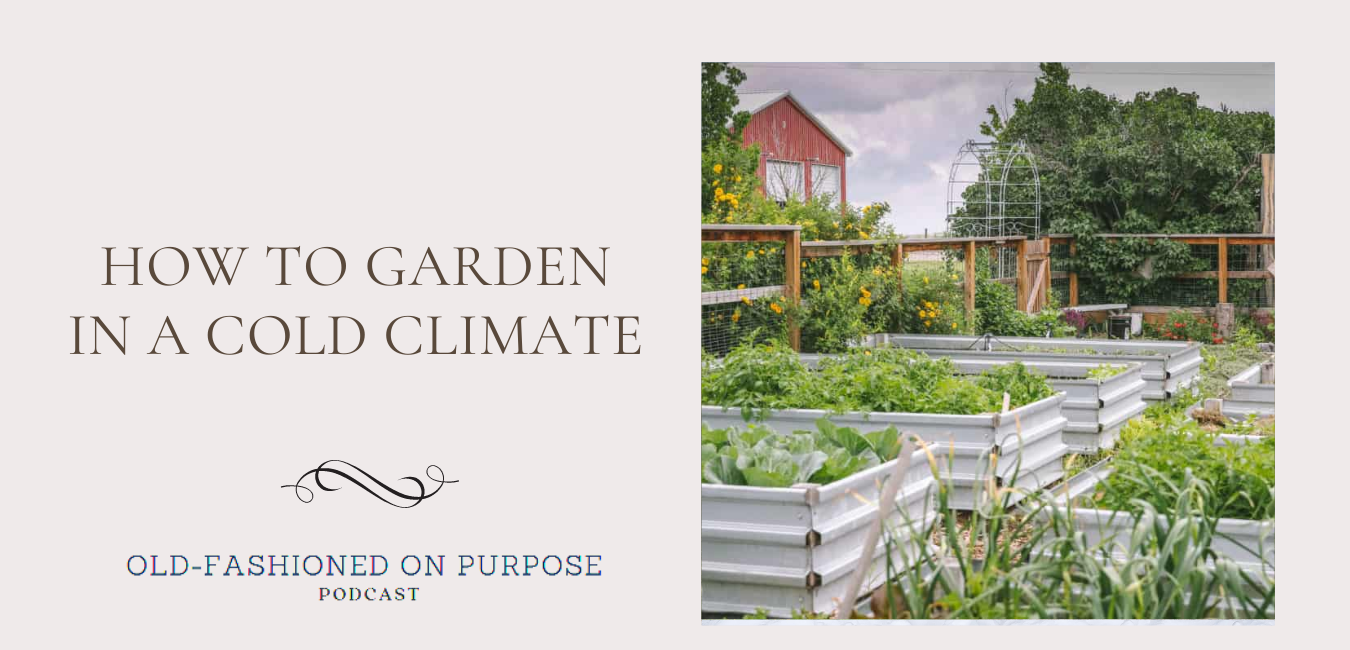Cold Climate Gardening: Expert Strategies for Thriving Year-Round

Welcome to Cold Climate Gardening: The Ultimate Troubleshooting Bible

If you’ve ever watched your seedlings shiver under a late May snowfall, or cursed the calendar when the first frost snatches ripening tomatoes, you’re in the right place. I’ve watched my share of gardens vanish under surprise blizzards, and—after a decade facing Zone 3’s icy mood swings—I know this: every cold climate garden is a puzzle, but every problem has at least three solutions.
This isn’t just another “plant kale and mulch” post. This is the ultimate troubleshooting playbook for northern gardeners—one that digs into every pitfall, shares hard-won fixes (including my own embarrassing missteps), and arms you with strategies that work even when the mercury drops below zero. Whether you’re tending windswept prairies, rocky mountain slopes, or an apartment balcony battered by Arctic gusts, this guide is for you.
Table of Contents
- Cold Climate Gardening: What Actually Works?
- Common Problems—and How to Outsmart Them Every Time
- Troubleshooting by Scenario: A-Z Solutions for Northern Growers
- Advanced Tactics: Season Extension & Microclimate Hacking
- Your Cold-Climate Toolkit: Tools, Resources & Real Talk
- Real Stories from Frozen Front Yards (and Balconies)
- Month-by-Month Action Plan (With My Own Calendar Cheats)
- How to Keep Growing When Winter Never Ends
1. Cold Climate Gardening: What Actually Works?
Let’s get brutally honest: not everything survives here—even some so-called “hardy” plants will disappoint.
My Proven Winners
- Leafy Greens: ‘Winterbor’ kale shrugs off snow; ‘Bloomsdale’ spinach germinates in frigid mud.
- Root Crops: ‘Napoli’ carrots sweeten after frost; beets (‘Detroit Dark Red’) become candy in October.
- Alliums: Garlic (planted Halloween week!) emerges before the last snowbank melts.
- Berries: Haskaps/blue honeysuckle survive -40°C without blinking.
- Short-season tomatoes: ‘Glacier’, ‘Stupice’, and ‘Siberian’ have ripened for me even after June hailstorms.
Hard Lessons Learned
I once tried planting eggplants outdoors in Zone 3A—result? Blackened stumps by June 10th. Now I stick to what works—and always keep records of what flops.
The Non-Negotiables
- Raised beds = earlier thaw + better drainage.
- Mulch = root insulation + weed suppression.
- Row covers = insurance policy against freak frosts.
And above all: never trust a warm April weekend as proof winter’s gone!
2. Common Problems—and How to Outsmart Them Every Time
Here’s where most new cold-climate gardeners stumble (myself included):
“Why Did Everything Die Last Night?”
Likely Cause: Sudden late frost or wind chill.
Fix: Always have floating row cover ready (I keep Agribon AG19 rolled up beside each bed). For emergency nights, I’ve used old bedsheets and laundry baskets as makeshift domes—saved hundreds of seedlings this way!
“My Seeds Rot Instead of Sprouting.”
Likely Cause: Soil too cold/wet; direct seeding too early.
Fix: Check soil temp with a $12 digital thermometer—wait until it hits at least 45°F (7°C) for most veggies. Or pre-warm with black plastic two weeks prior.
“Slow Growth Despite Full Sun.”
Likely Causes: Nutrient leaching from heavy snowmelt; compacted soil from freeze/thaw cycles.
Fixes: Amend with compost annually; try deep-rooted cover crops like daikon radish in fall (they break up subsoil beautifully).
“Pests in February?!”
Yes, cabbage worms overwinter as pupae—even underground! In 2021 I lost half my kale before realizing they’d hatched inside my hoop house.
Fixes: Rotate crops religiously; use fine mesh netting from day one; handpick early mornings when sluggish pests are easiest to catch.
3. Troubleshooting by Scenario: A-Z Solutions for Northern Growers
Let’s tackle EVERY scenario I’ve faced—or heard about—in real northern gardens:
A) Surprise Frost After Planting
Symptom: Wilted leaves morning after clear night.
What It Looks Like: Plants look waterlogged or translucent at dawn.
Immediate Fixes
- Water deeply at dusk—the moist soil holds more heat overnight.
- Cover with double-layer row cover or whatever fabric is on hand before sunset.
- For container plants: group pots together against south-facing wall and wrap in bubble wrap/newspaper overnight (urban hack!).
B) Continuous Wind Damage
Symptom: Shredded leaves on exposed sides; stunted growth.
What It Feels Like: You can feel the wind sap moisture from your own skin while gardening!
Solutions
- Temporary windbreaks using burlap/old pallets on windward side until hedges grow up.
- Plant lowest-growing crops on exposed edges to shelter taller ones behind—think living fortress!
- Use heavier mulch (bark chips instead of straw) in open areas—it doesn’t blow away as easily.
C) Waterlogged Spring Soil / Root Rot
Symptom: Seedlings yellow out and collapse despite cool temps—not drought stress!
Counterintuitive Insight
Instead of adding more compost right away, first check drainage by digging a test hole post-thaw—if it fills with water and stays soggy after an hour…raise your beds immediately! Adding sand/gravel can help but won’t save clay flats after record snows; sometimes you need a shovel more than amendments.

D) Germination Fails—Indoors AND Out
Failed First Attempt: In 2018 I sowed ALL my tomato seeds indoors next to a drafty window—only two sprouted!
Solution
Invest $30 in a seedling heat mat and cheap LED light bar—even on top of a fridge isn’t warm enough during March blizzards here.
E) Early Bolting / Premature Flowering
Cool nights followed by sudden hot days confuse plants like spinach/broccoli—they go straight to seed (“bolting”).
Fixes
- Choose bolt-resistant varieties (‘Tyee’ spinach).
- Sow succession crops every three weeks so if one batch bolts, another is always coming up behind it.
F) Animal Raids (& Human Sabotage!)
Rabbits are Olympic-level fence jumpers here—and neighbor kids sometimes mistake carrot tops for weeds…
Real Conversation Snippet
Neighbor kid last year: “But aren’t those just big dandelions?”
Me: “Those dandelions taste amazing roasted!”
Fixes
- Chicken wire dug six inches deep around beds stops most rabbits;
- Clear signage helps neighbors/kids understand what NOT to pull;
- Motion-sensor lights/deterrents if deer are bold enough for midnight raids.
4. Advanced Tactics: Season Extension & Microclimate Hacking
Time to move beyond basics:
Passive Solar Tricks
Back in 2019, I started lining my north bed with four salvaged black-painted cinder blocks facing south—they absorb sun all day and radiate it back through frosty nights, boosting soil temp by nearly 4°F compared to uncovered spots!
Try:
- South-facing stone walls as raised bed backs;
- Buckets painted matte black filled with water set among tender plants;
- Laying old windows over low hoops creates instant solar gain mini-greenhouses—you’ll see condensation form by mid-morning!
High Tunnel Mastery
A $250 DIY PVC hoop tunnel gave me greens into December—even unheated! Pro tip: vent ends during sunny days or risk fungus buildup inside (lesson learned after losing an entire lettuce crop one wet autumn).
Winter Sowing Experiments
Plastic milk jugs as micro-greenhouses changed my perennial game forever:
Cut nearly through horizontally; fill bottom half with damp seed starting mix & seeds; tape shut & leave outside January–March—the freeze/thaw cycle naturally stratifies seeds that otherwise refuse indoor germination!
5. Your Cold-Climate Toolkit: Tools, Resources & Real Talk
No single gadget solves everything—but these make life easier:
| Tool | Why It Matters | Personal Note |
|---|---|---|
| Floating Row Covers | Insulate + block bugs | Agribon AG19 outlasts competitors |
| Soil Thermometer | Accurate planting times | $12 Taylor probe lasted five years |
| LED Grow Lights | Sturdy seedlings indoors | GE Sunlight bars don’t fry leaves |
| Seedling Heat Mats | Consistent germination | Vivosun mat survived spilled coffee (!) |
| Heavy Mulch | Retains warmth/moisture | Straw beats hay for fewer weed seeds |
Best Cold-Hardy Seed Sources:
Fedco Seeds never failed me—even sent free bonus packs adapted for short seasons some years! Johnny’s Selected Seeds lets you filter by zone/maturity date—huge time saver.
Digital Allies:
Almanac.com’s custom frost date finder never missed…though I still check local extension bulletins after weird weather winters (“UMN Extension” has saved multiple harvests).
6. Real Stories from Frozen Front Yards (and Balconies)
Because nothing beats learning from real-life victories…and spectacular flops:
Story #1 – Tomatoes Above the Arctic Circle (!)
Paul’s trick? Starting ‘Tiny Tim’ tomatoes indoors mid-March under LEDs/heat mats—and moving them into black-painted raised beds covered nightly with fleece sheets until July warmed up enough for fruit set.
Story #2 – Yukon Root Cellar Hack
Carla built her root cellar out of straw bales stacked around an old chest freezer buried half-deep near her porch; beets stayed crisp till April while store potatoes went mushy before New Year’s!
Story #3 – Anchorage Balcony Jungle
Liz lines her apartment balcony railings with tubs wrapped in silver bubble insulation and drapes thrift-store thermal curtains over hoops at night—a city oasis where -20°C winds howl outside but salad greens thrive year-round indoors under grow lights!
Story #4 – Community High Tunnel Rescue Mission
Minnesota volunteers once shoveled three feet of snow off their high tunnel roof after an ice storm threatened collapse—but harvested fresh spinach two weeks later while supermarkets sold only limp imports trucked thousands of miles…

7. Month-by-Month Action Plan (With My Own Calendar Cheats)
I’ve refined this over ten years—with sticky notes plastering my fridge door each spring:
January–February
• Research best-adapted varieties using last year’s notes
• Order extra row cover/fleece now before suppliers run out
• Pre-moisten seed starting mix and test old lights/mats
March–April
• Start onions/brassicas/tomatoes indoors on heat mats
• Shovel off raised beds ASAP so they thaw faster
• Lay black plastic over soil to boost warming
May–June
• Harden off seedlings gradually over seven chilly evenings
• Transplant only when nighttime lows stay reliably above freezing (<40°F/5°C minimum!)
• Direct-seed carrots/beets/spinach at first chance
July–August
• Succession sow quick crops behind harvested peas/radishes
• Mulch heavily before summer storms hit
• Fertilize lightly twice per month if rain leaches nutrients
September–October
• Cover late crops nightly if forecast dips below 36°F/2°C
• Harvest storage veg/perennials before ground freezes solid
• Plant garlic/onion sets just before Halloween
November–December
• Clean tools thoroughly—oil wooden handles so they don’t crack
• Journal what worked/flopped—including odd weather events
• Dream up next year’s experiments over mugs of something hot
8. How to Keep Growing When Winter Never Ends
Here’s why cold-climate gardening is addictive—as soon as you think you’ve solved one problem, nature throws another curveball…and you rise again smarter than ever:
- Join local Facebook groups (“Northern Gardeners United” got me through epic hailstorms).
- Attend regional workshops/webinars—I learned about milk jug sowing via Zoom during lockdown!
- Swap seeds/stories at community events—you’ll get tips nowhere else online or in books.
- Try one new thing each season—even failures build wisdom (“Never plant squash near potatoes,” said Old Man Jensen down my street…he was SO right).
- Share your journey—the best way to cement knowledge is teaching others what not to do!
And if disaster strikes? Remember every stubborn root that survives deep freeze becomes legendary next spring—a badge earned only by those who dare cultivate hope beneath snowdrifts.
So bookmark this guide, trust your instincts…and remember there truly is no climate too harsh for determined hands armed with fleece blankets and optimism!





